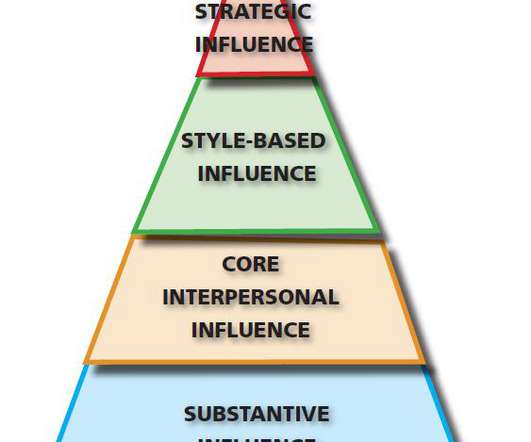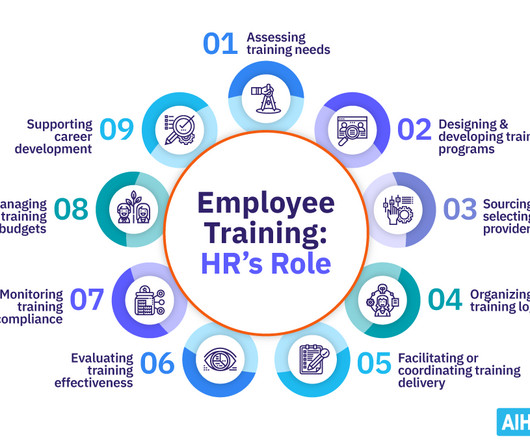Creating a PIP: 4 Performance Challenges with Performance Improvement Plan Examples
15Five
JANUARY 3, 2024
In this article, we’ll share four of the most common performance issues that create the need for a PIP and provide sample plans for each that managers can use as a development guide. It addresses specific performance deficiencies, identifies training gaps, and sets expectations for development. (PIP












Let's personalize your content